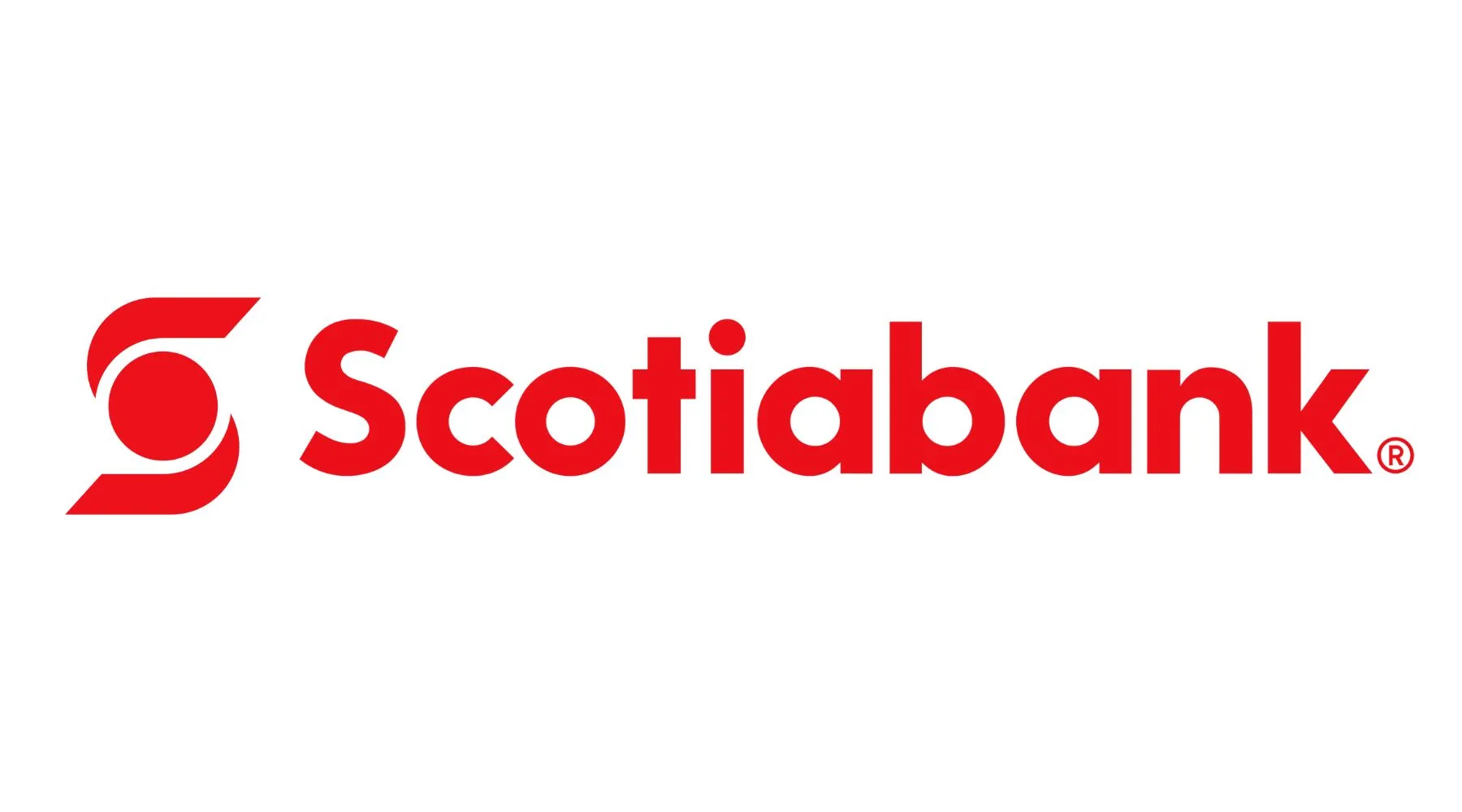Additionally, Russia also committed to a voluntary production cut of 471 thousand barrels per day for the second quarter of 2024, alongside reductions in exports.OPEC’s decision to curb output in the name of stability was a factor Eric Nuttall partner and senior portfolio manager at Ninepoint Partners pointed to as a Q1 catalyst.“Oil volatility has actually fallen,” said Nuttall during an April 5 interview. “You wouldn’t know it necessarily when looking at the oil price, but volatility is low. I think you can attribute that to the OPEC cut, that was one of the biggest goals of OPEC’s intervention into the market was to reduce volatility.”As Nuttall explained, the effort to minimize volatility was successful and helped keep the benchmarks between US$70 – US$87 per barrel throughout the 90-day session.Oil market update: Rebounding prices
Chart via TradingEconomicsAfter reaching a 2023 high of US$93.10 (Brent) on September 11, prices spent the remainder of the year sliding until bottoming at US$75.80 on December 4.WTI followed a similar trajectory displaying slightly more volatility, reaching a yearly high of US$91.43 in late September, then slipping to US$68.71 in early December.Chart via TradingEconomicsThe subsequent upswing in prices can be attributed to several factors, according to Nuttall, Firstly, values are rebounding from a period of low activity, driven by unfounded concerns about weak demand and exaggerated fears of increased US shale production.Secondly, OPEC’s production cuts which played a significant role in reducing oil inventories.He explained that typically, demand is weakest at the beginning of the year, but this time, inventories have only seen a minimal increase compared to the substantial buildup last year. This underscores the effectiveness of OPEC’s cuts in counteracting the impact of strategic petroleum reserve releases and stabilizing oil prices.“Lastly, we do have a geopolitical risk premium and the oil price now, I’m guessing US$5 a barrel,” said Nuttall.He continued: “We haven’t had a risk premium in quite a while. But what we’re seeing in the Middle East, what we’re seeing [with] Russia, Ukraine, it just fast forwarded where I thought we were going to be, I thought we’d be at US$90bbl in the summertime, we’re there a few months earlier than I thought.”Oil market update: Strategic reserves
At the end of January oil prices dipped below US$77bbl (Brent) following a rally that took futures into overbought territory. Despite military tensions escalating in the Middle East, abundant supplies contributed to the decline, with OPEC+ exports exerting additional pressure on prices.Prices began to recover in early February, breaking through the US$80bbl level on February 5, and remaining above the threshold for the remainder of the quarter.On February 26, The US Department of Energy released a solicitationto purchase up to 30 million barrels of crude oil for the Strategic Petroleum Reserve (SPR), aimed at enhancing the nation’s energy security.In 2022 the Biden administration withdrew 32.3 million barrels from the SPR for domestic consumption.“Analysis from the Department of the Treasury indicates that SPR releases in 2022, along with coordinated releases from international partners, reduced gasoline prices by as much as 40 cents per gallon,” the government announcementnoted.Less than a week later the administration scrapped a purchase that would have added 3 million barrels back to the SPR, citing high prices.While Ninepoint’s Nuttall doesn’t think SPR restocking will impact broader oil prices, he was surprised by the government’s decision to restock.“The biggest threat to his re-election is inflation. And the biggest input to inflation is energy pricing, specifically oil and gasoline,” said Nuttall. “So, it was counterintuitive to me, and I think it was purely for political theater, that he started to refill it.”By the end of March prices had breached US$85bbl and closed the three-month period above US90bbl.Oil market update: Long term bullishness
In a special report from FocusEconomics, panelists are forecasting a 10 percent decline in spot prices for Brent and WTI crude oil over the next decade compared to 2023 levels.However, prices are anticipated to remain historically high in the near term due to increased demand from China and India.The consensusamong the FocusEconomics panelist is for Brent crude oil prices toaverage around US$85 per barrel for the remainder of the year.Nuttall is taking a more bullish stance, supported by an increase in demand while global inventories are already at multi-year lows.Using the Days of Supply metric, a calculation that estimates how many days current inventory levels will last, based on the current consumption rate, Nuttall expects inventories to reach the “lowest level in history later this year.”“That’s very supportive of a high price,” he said.Similar to FocusEconomics’ analysis, Nuttall sees oil prices remaining in the US$90bbl range.He noted that geopolitical events have accelerated the approach to this price target, and the subsequent trajectory of prices will depend on when Saudi Arabia decides to return barrels, the pace of that return, and developments in the Middle East and Russia.While there are uncertainties, such as potential infrastructure damage and the impact on oil flow, factors like stronger US demand, better-than-expected European performance, and solid demand from India contribute to his bullish outlook.“But we’re not calling for US$150 oil, we just don’t think that’s reasonable right now.”Gas market update: Q1 2024 in review
While oil prices remained relatively stable throughout Q1 2024, gas prices sank to multi decade lows, hitting US$1.55 per Metric Million British Thermal Unit (MMBtu).The decline was attributed to a warmer than expected winter in the Northern Hemisphere and ample supply.Chart via TradingEconomics“Higher LNG production (up by 3 percent y-o-y), together with stronger piped gas deliveries to Europe and China, further eased supply fundamentals and supported demand growth,” the International Energy Agency’s (IEA) latest gas report stated.The market overview also noted that global demand was up 2 percent for the quarter but was more than offset by the production uptick.Gas market forecast: Geopolitical fragility
Looking forward prices are expected to remain well below the highs set in 2022 when values neared US$10MMBtu, propelled by market uncertainty brought on by Russia’s invasion of Ukraine and fears around supply security.After a steep decline in late 2022, prices have remained below US$5MMBtu throughout 2023. Although concerns about the Panama Canal and Red Sea disruptions led to speculation about a geopolitical premium, the uptick has yet to materialize in the gas market.For the remainder of the year, FocusEconomics panelists expect natural gas prices to decrease in Asia and Europe compared to 2023 averages, while remaining steady in the US, staying below the pre-pandemic 10-year average.Prices could see declines brought on by an abundance in gas inventories in all regions, attributed to mild weather conditions from the El Niño pattern and subdued industrial activity.Europe will continue to be the region to watch as ongoing sanctions on Russian gas, conflict in Ukraine and supply security trends could add tailwinds to prices.“The structural deficit in European natural gas has yet to be fully resolved with increased LNG supply not yet fully making up for lost Russian imports. Thus, European gas prices remain vulnerable to supply interruptions or increases in demand,” a Goldman Sachs (NYSE:GS) analyst said. “This is especially the case during winter, when weather-dependent heating comprises the bulk of demand and bouts of cold weather can lead to rapidly falling stocks and higher prices.”Moving into 2025, increased US LNG export capacity could facilitate a price convergence among regions by the end of the year.“In 2025, US natural gas prices are expected to surpass the pre-pandemic average, with Europe seeing a slight increase and Asia maintaining stability,” FocusEconomics Natural Gas Market Outlook read.” The absence of El Niño is predicted to boost heating demand, while industrial output growth will drive up consumption.”Don’t forget to follow us @INN_Resource for real-time updates!Securities Disclosure: I, Georgia Williams, hold no direct investment interest in any company mentioned in this article.Editorial Disclosure: The Investing News Network does not guarantee the accuracy or thoroughness of the information reported in the interviews it conducts. The opinions expressed in these interviews do not reflect the opinions of the Investing News Network and do not constitute investment advice. All readers are encouraged to perform their own due diligence.
Source link

Scotiabank Select Account For Business Review
Reading Time: 4 minutesScotiabank Select Account for Business: The basicsOne account, four plans. The Select Account for Business

